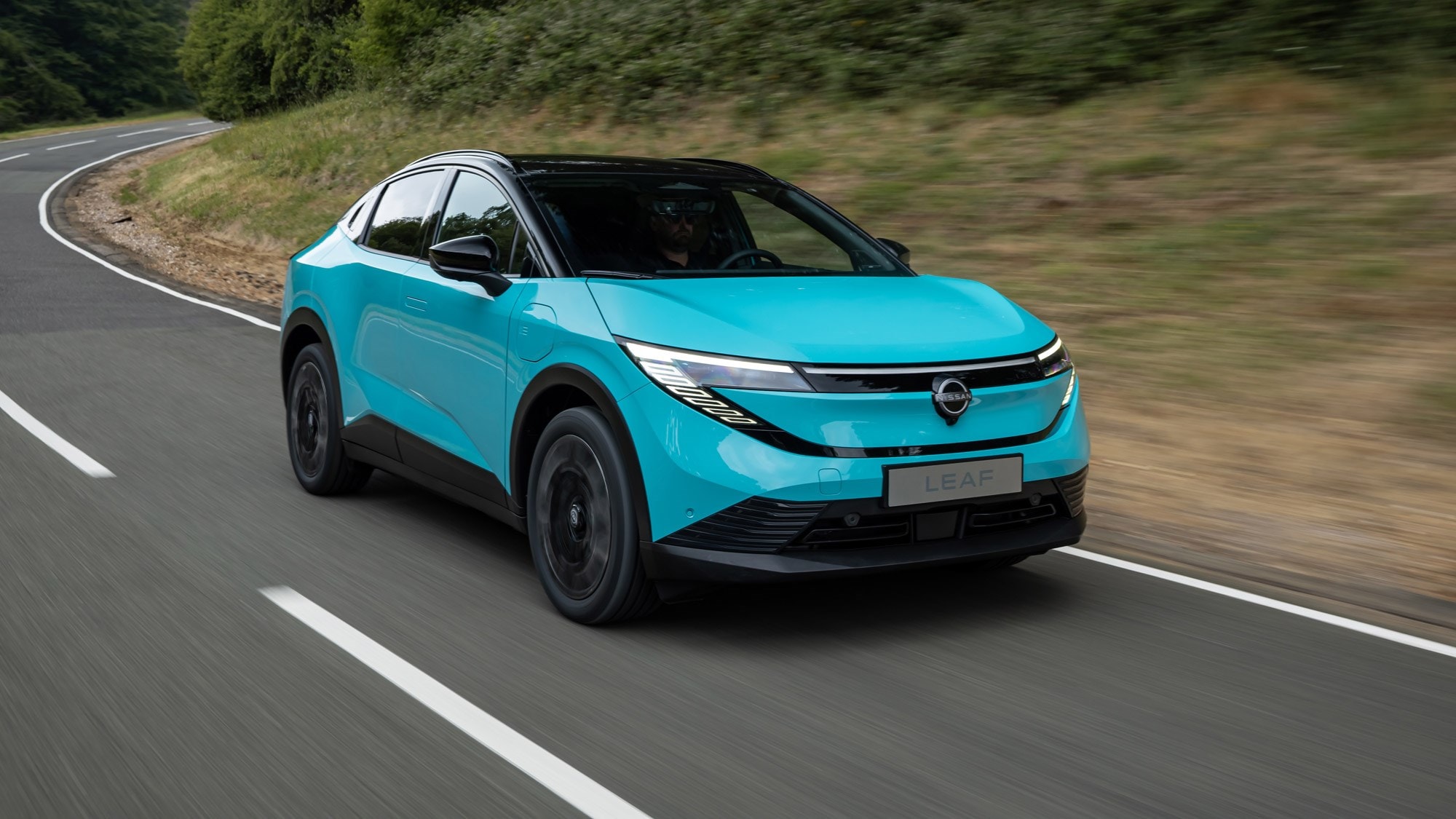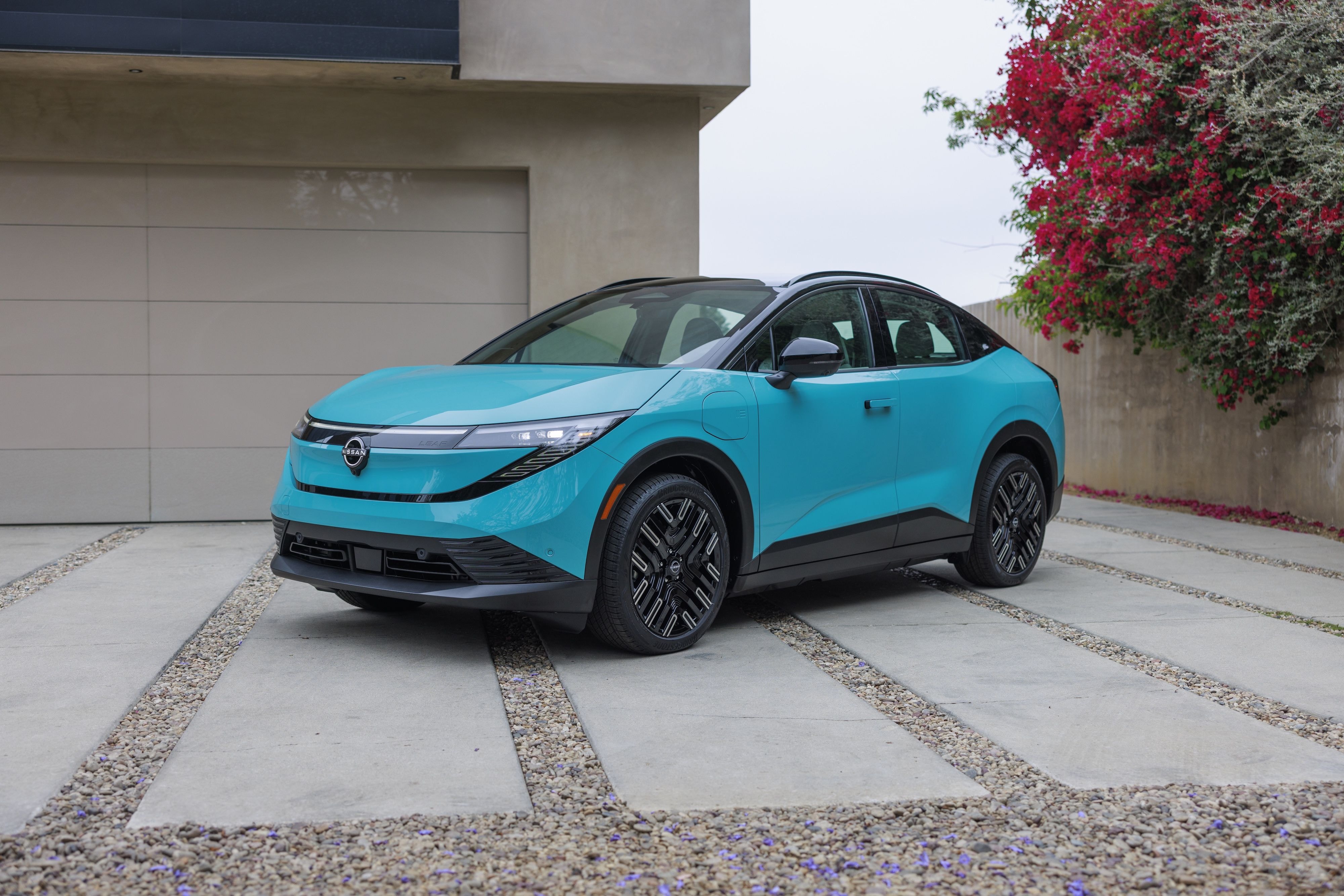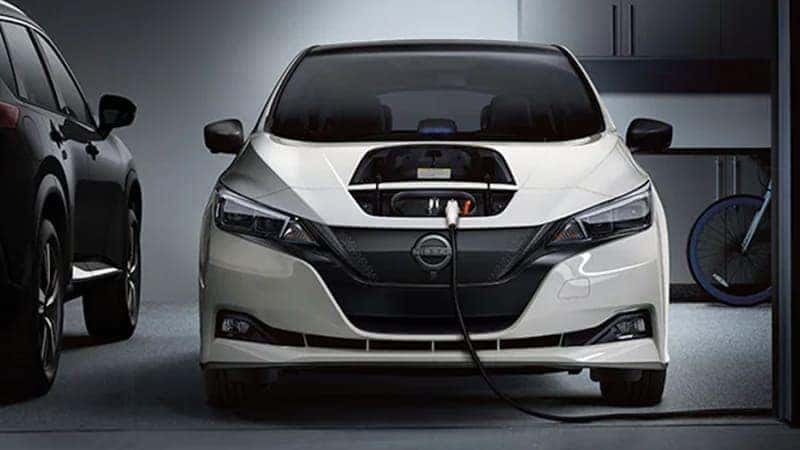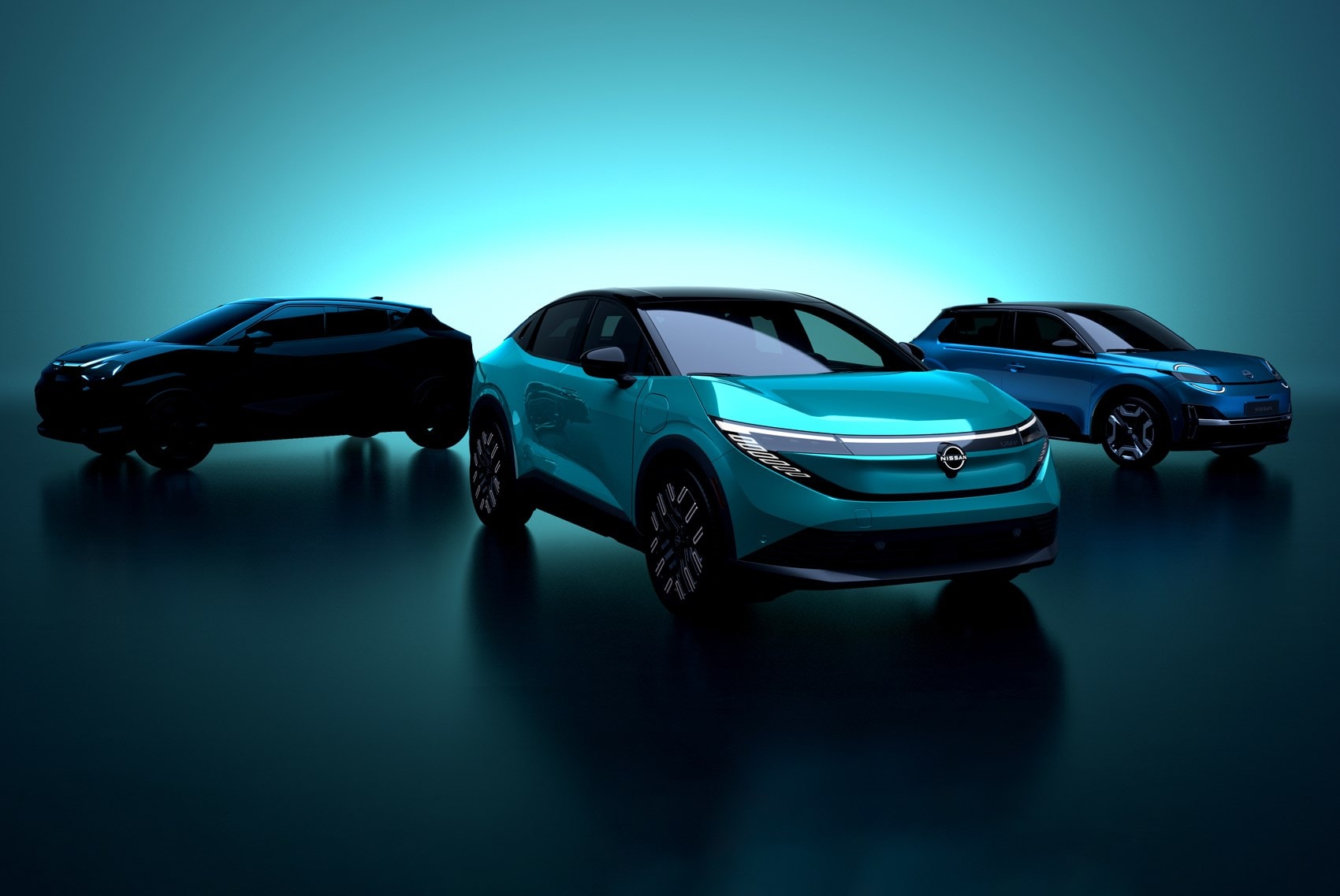Nissan Leaf 2026 Electric Car: Compact, economical and many unexpected improvements
The new generation Nissan Leaf 2026 was launched with a more compact design, more space and longer travel range after each charge.
Nissan Leaf: The Journey of Electric Vehicle Pioneers
Since its launch in the early 2010s, the Nissan Leaf has been expected to become a mass-market electric vehicle, ushering in a new era for the automotive industry. By 2020, the 500,000th Leaf had been sold, marking an important milestone for this vehicle line.

However, the first two generations of the Leaf suffered from limitations due to the use of a chassis converted from a gasoline car and a battery system without liquid cooling. With the third generation, Nissan has completely overcome this by developing a dedicated electric vehicle platform, similar to the Ariya model.
Smaller design but larger space
The 2026 Nissan Leaf is 7.5 cm shorter than the previous generation but offers nearly 22 cm more rear legroom. Thanks to better aerodynamic design (drag coefficient 0.26), the car is more fuel-efficient and suitable for many user styles – both crossover and fastback sedan.

In the interior, Nissan also hides many interesting details, such as symbols simulating the word "Nissan" in Japanese style and the ginkgo leaf shape as an "Easter egg" in the design.

Battery, motor and charging capabilities
The 2026 Nissan Leaf is equipped with a 214-horsepower electric motor combined with a 75 kWh lithium-ion battery, with a modern thermal management system. The car supports fast charging with a capacity of 150 kW, allowing charging from 10% to 80% in about 35 minutes. In addition, the car is also capable of supplying electricity back to the outside to run household appliances with a maximum capacity of 1.5 kW.

Retaining the J1772 charging port makes it easy for loyal customers to use their existing home charger without the need for multiple adapters.
Versions and migration ranges
Platinum+ (highest level): Equipped with a tinted glass roof, premium sound system, 19-inch wheels… but the range is reduced to 417 km per charge.
SV+ ($34,230): Loses some premium features but increases range to 295 miles. Gets dual 14.3-inch screens with Google Maps and automatic battery conditioning for fast charging.
S+ ($29,990): The cheapest version with 18-inch steel wheels, no heated seats and less tech, but gets 300 miles of range – the highest of the three.
Experience driving the 2026 Nissan Leaf
On the road, the Nissan Leaf feels fast enough thanks to its 214 horsepower, but it's not sporty. The car has 4 driving modes (Eco, Normal, Sport, Individual) and 4 levels of regenerative braking. In particular, the e-Step feature helps simulate engine braking when driving in the city or on mountain passes.

The suspension is a bit stiff when using 19-inch wheels, but the S+ version with thicker tires promises a smoother feeling. A small drawback is that wind noise from the rearview mirror is quite obvious when driving at speeds above 70 km/h.
Competitors and market position
At under $30,000 for the base model, the 2026 Nissan Leaf is a direct competitor to the Hyundai Kona EV, Kia Niro EV, and upcoming Kia EV3. The Leaf’s big advantage lies in its balance of cost, range, and interior space.

While not the most powerful electric car, the Nissan Leaf is still an attractive name for those looking for a compact, economical car that is suitable for daily use.


